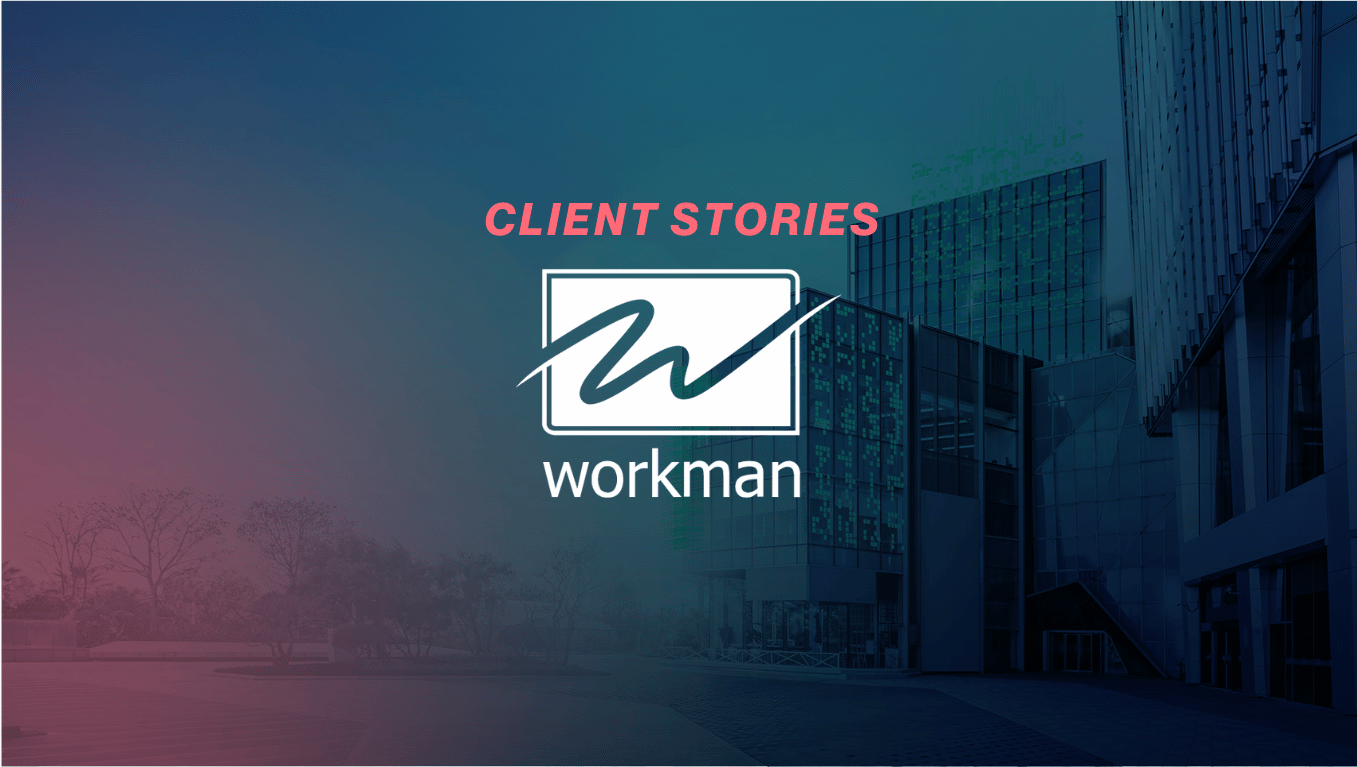As co-founder of a software company, one of the questions I hear fairly regularly is:
“Why don’t we just build our own software platform, instead of buying one?”
Building your own software platform can have significant benefits. I am, after all, co-founder of a company which came about in exactly this manner, although this experience has taught me how incredibly difficult, and all-consuming the process of developing software can be.
Coyote was conceived at M7 Real Estate, because the software available on the market at the time came nowhere near to fulfilling the company’s needs. That was back in 2008 when it wasn’t a question of buy or build – there was nothing to buy, and so the only option was to build.
Today, it’s a different story; there are software solutions on offer which are capable of handling the needs of even the largest real estate companies.
So, what is the best option today? Buy or build?
First things first, and before we look at the pro’s and con’s for each, what do you want to buy or build? What do you want the software to do? Your starting point is a list of requirements, and from there, you can evaluate the pros and cons.
Building your own software
The major appeal of developing your own platform is that it will do everything you want. What you specify, you get. It is entirely bespoke to your business, and it solves all of your pain points.
Linked to this benefit are control and ownership. You own it, and you control the future direction of the product. Essentially, you are not beholden to a vendor.
Another benefit is a competitive advantage. If there’s nothing on the market to buy and if you’re solving a problem that hasn’t already been solved, then by doing so, you’ve created a unique and competitive advantage for your company.
So in building your own platform, you get custom designed functionality with full ownership. Both of which sound very appealing.
The main disadvantage of building your own platform? Cost.
Developing software is expensive. At Coyote, we have 16 full-time developers, and you should see our wage bill (the author says, looking for ‘head in hands monkey’ emoji).
Once you’ve got over the initial build cost, then you’ve got to consider ongoing maintenance and update costs.
The second big drawback in creating your own software is time. Creating a solution from scratch is a slow process. Have you got the talent just sat there – headphones on and waiting to go? If you do, please send them our way!
Whether you assemble a team internally or are lucky enough to find a trusted vendor, the process takes more time than you might think.
The third consideration in building your own tech solution? The risk factor.
At the prospect of sounding obvious, building your own platform is a risky decision, and that’s especially true if building software is not what your company specialises in.
You’re unlikely to perform a bit of open heart surgery on the side, so I’d challenge anyone who thinks they can do a bit of software development on the side.
There’s a very real risk that it will cost more than you thought, take longer than you ever anticipated, never quite fulfil everything you want it to, and I’m sure will give you a few sleepless nights.
What about buying a platform?
The obvious advantage here is cost. As in, it’s a known figure. One figure, you can accurately budget for that covers licencing, hosting, support, training, and maintenance.
The cost would be a fraction of that if you were to build it yourself, guaranteed.
Using Coyote as an example, we’ve spent somewhere in the region of £10m on its development since inception. Yet our per-user licence cost, while in the hundreds of pounds region, is a fraction of a percent. I know, it’s a bargain!
The second big advantage of buying an off-the-shelf software solution, is time. You can have it tomorrow. Well…not literally tomorrow (due to the customisation and onboarding), but it will certainly feel like tomorrow, compared to the length of time it’ll take to build your own software.
While we’re talking about saving time during the implementation process here, let’s not forget that response times to issues will be much faster as well. It is after all, what a SaaS company does.
Continuing with pro’s for buy over build, a purchased solution will keep up-to-date with new features and functionality – the real benefit here is that a wider audience of users will be feeding in those feature requests. More eyes on a platform lead to more requests, which ultimately leads to a more functional platform.
This cumulative effect is something we experience at Coyote; our community of clients are actively engaging with us and requesting new features. Our development process is agile, meaning we can quickly channel these feature requests into the product, and the wider client base benefits from it.
My final point on buying over building, is that you’re buying access to experts in your sector. At least you hope you are. If your tech provider has built a platform which delivers value to users in the same space as you, there’s a strong chance you’ll be able to extract value from their experience.
Now, we move onto the negatives of buying a software solution.
It’s unlikely that you can buy an enterprise product that does exactly what you want. What are the chances of a developer creating a perfect system for you, without having previously met each other? Slim to none I’m guessing, so you’ll need to compromise somewhere.
Another risk to consider when engaging with a long term partner – longevity.
Is their business well-funded and likely to be around in three years? If not, you could be left high and dry.
Finally, we come onto ownership. Although I’d argue more of a by-product than a disadvantage, you don’t own anything. This lack of ownership also means that you don’t automatically qualify for a say in the future direction of the product. However, many organisations recognise that the needs of their clients are a driving force when it comes to innovation.
Conclusion
So where does that leave us on the big question – buy or build?
As we’ve already established, it’s usually far cheaper and much faster to buy, as opposed to build. So, if a product already exists which meets all of your requirements, then what’s the point of reinventing the wheel? Why solve it again?
Personally, I think it’s simple: Buy that product.
If a product exists that solves some, but not all of your requirements, then your options are:
- Partnership – collaborate with a provider to add the missing product features into their roadmap and create joint value.
- Integrate – use two or more systems to handle separate functions, which collectively delivers the functionality you need.
- Acceptance – make do with a system that solves only some of your requirements, happy in the knowledge that it’s better than nothing.
In my opinion, the business case to build only exists when there is nothing on the market to buy. If you have an issue that you suspect your counterparts or your peers face too, it’s extremely likely that there will already be a solution out there for you.
This article was originally published on LinkedIn on 12th February 2019.





